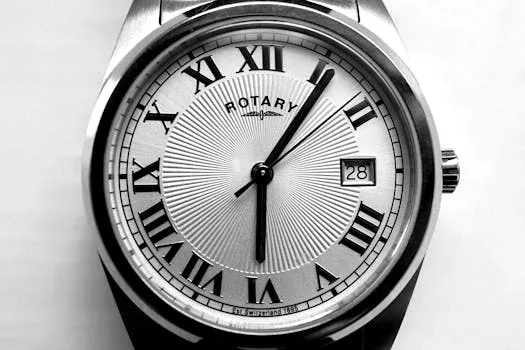“
Wearable Tech in 2025: Bridging the Gap Between Health and Technology
Wearable Tech in 2025: Bridging the Gap Between Health and Technology, the world of wearable technology has come a long way since its inception. What was once considered a niche market has now become a mainstream phenomenon, with millions of people around the globe embracing wearable devices as an integral part of their daily lives. In this article, we’ll delve into the latest advancements in wearable tech and explore how it’s transforming the way we approach health and wellness. For more insights, check out our article on Wearable Tech 2025: Health, Fashion, and Function.
Evolution of Wearable Tech
The concept of wearable technology dates back to the 1960s, when the first wearable computer was developed. However, it wasn’t until the 2010s that wearable tech started gaining traction, with the introduction of fitness trackers and smartwatches. Since then, the industry has experienced rapid growth, with new devices and features being introduced regularly.
Today, wearable tech encompasses a wide range of devices, including smartwatches, fitness trackers, smart glasses, and even clothing with integrated sensors. These devices are designed to track various aspects of our health and wellness, such as physical activity, sleep patterns, heart rate, and nutrition. To learn more about the future of these technologies, visit our post on Key Wearable Tech Innovations to Look Out for in 2025.
Health and Wellness Applications
One of the primary applications of wearable tech is in the realm of health and wellness. Wearable devices can track our vital signs, monitor our physical activity, and provide personalized recommendations for improvement. This data can be used to identify potential health risks, such as high blood pressure or irregular heartbeats, and enable us to take proactive steps to prevent or manage these conditions.
Wearable tech is also being used to manage chronic diseases, such as diabetes and asthma. For example, wearable glucose monitors can track blood sugar levels in real-time, enabling individuals with diabetes to make informed decisions about their diet and medication. Similarly, wearable devices can detect early warning signs of asthma attacks, allowing individuals to take preventative measures.
Fitness and Sports Applications
Wearable tech has also revolutionized the fitness and sports industry. Wearable devices can track our workouts, monitor our progress, and provide personalized feedback to help us improve our performance. For example, wearable GPS devices can track our running routes, pace, and distance, enabling us to optimize our training sessions.
Wearable tech is also being used in professional sports, where it can provide valuable insights into athlete performance and help coaches make data-driven decisions. For example, wearable devices can track an athlete’s heart rate, acceleration, and deceleration, enabling coaches to identify areas for improvement and develop targeted training programs.
Future Directions
As wearable tech continues to evolve, we can expect to see even more innovative applications and features. One area of research is the development of implantable devices, which can track our health and wellness from within our bodies. Another area is the integration of artificial intelligence (AI) and machine learning (ML) algorithms, which can analyze our data and provide personalized recommendations for improvement. For a deeper dive into this topic, read about The Convergence of AI and Wearables.
Additionally, wearable tech is likely to become even more seamless and integrated into our daily lives. For example, wearable devices may be embedded into our clothing, accessories, or even our homes, enabling us to track our health and wellness without even realizing it.





